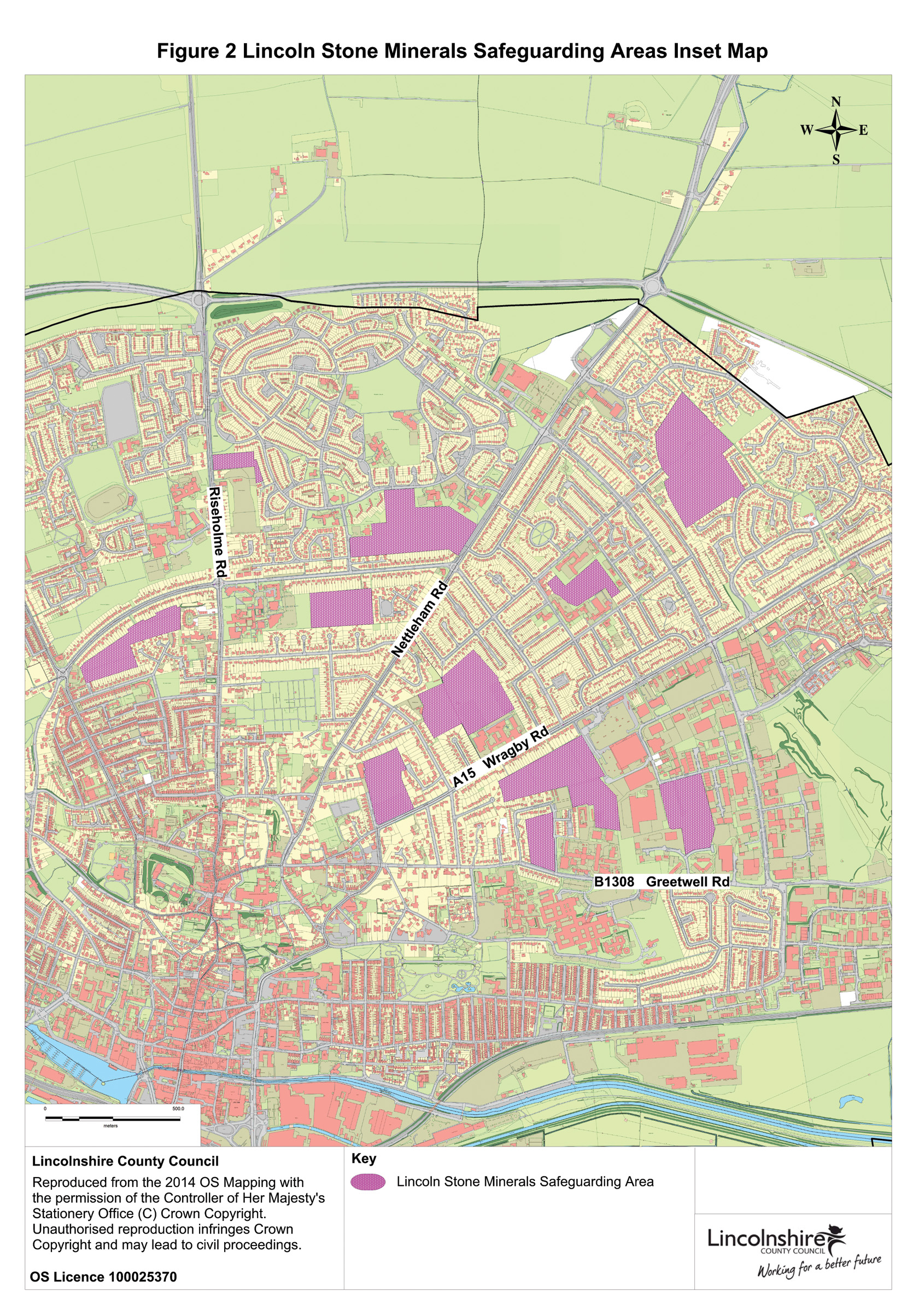Lincoln Cathedral uses 2010 planning law changes to protect sources of limestone
Lincoln Cathedral is unusual in that it has its own quarry, from which it extracts about 100 tonnes of Lincolnshire limestone a year to be worked in its own masonry workshops. It even supplies stone it cannot use to other masonry companies and to the City’s Castle, which it faces in the historic heart of Lincoln.
But the quarry is close to being exhausted. So the Cathedral has asked Lincolnshire County Council to safeguard 11 other sites in the city from which the stone could be extracted.
The full Planning Committee was due to meet on 20 May, after we had gone to press, to make the final decision, but the proposal had the backing of County Council officers and the Executive Committee.
The Cathedral used changes in the planning laws introduced in 2010 to apply for permission to prevent the 11 sites from becoming sterilised (as far as stone extraction is concerned) by developments.
Should any of the sites become available, the Cathedral will be part of the consultation process and it is hoped that through negotiation with the landowners / developers it will be possible to extract the stone.
Carol Heidschuster, Works Manager at the Cathedral, says: “We hope to do a smash and grab and stockpile the stone. It would be a short-term solution but it gives us breathing space until a new, more permanent site can be found.”
The Cathedral has been extracting Lincoln limestone from its existing quarry since 1876. Now the stone is running out and Carol Heidschuster says a new source of stone will have to be found within the next five years. “We are casting our net beyond the city,” she told NSS.
But while they search, stone from the sites within the city could be used, should they become available under future planning applications.
There is a lozenge of Lincoln limestone from the Cathedral running north. It is brownfield and recreational sites on that lozenge that could be developed and which have been identified by the Cathedral for protection.
Presuming the City Council’s Planning Committee includes the sites in its Local Plan, the Cathedral will have the right to be consulted about the possibility of extracting stone before any developments can take place on them.
If stone extraction is agreed, the Cathedral quarriers will move in. A two-acre site could supply enough stone to last the Cathedral 10 years, says Carol.
Part of the Cathedral’s existing quarry has already been restored to building standards. This land is likely to sold for development to help fund the opening of a new quarry.

